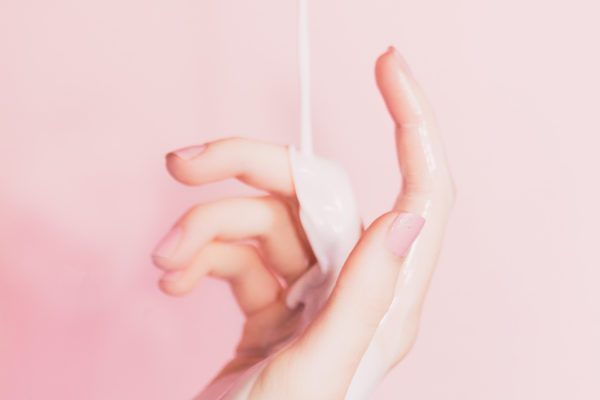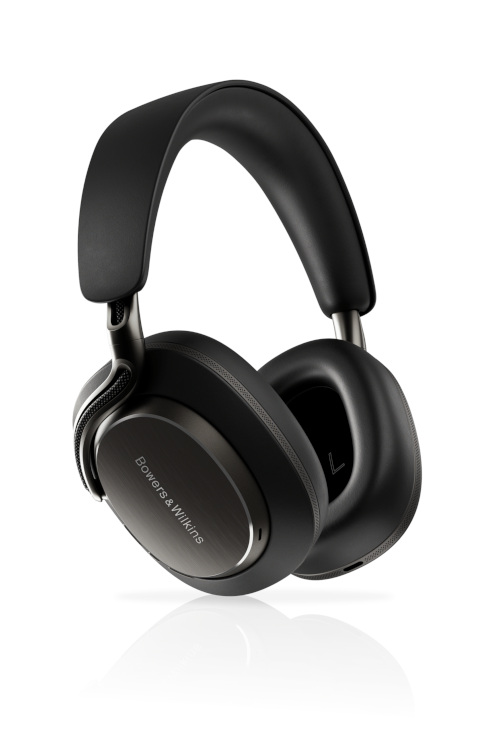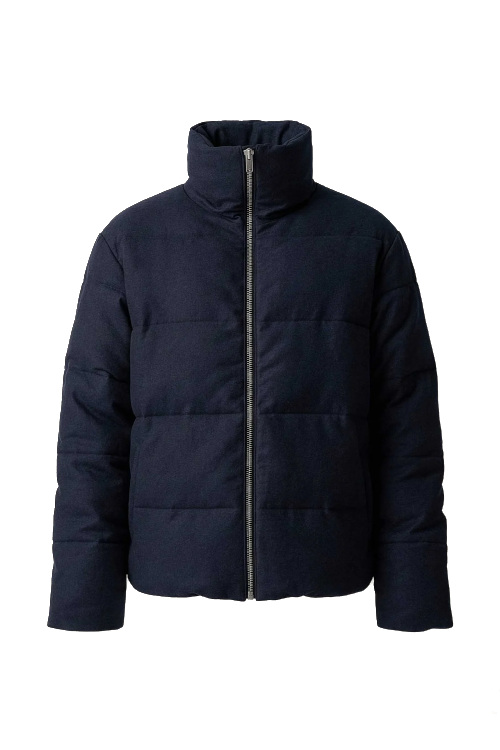Everything You Need To Know About Dermaplaning, From The Experts
By
2 years ago
This skincare procedure exfoliates and eliminates peach fuzz
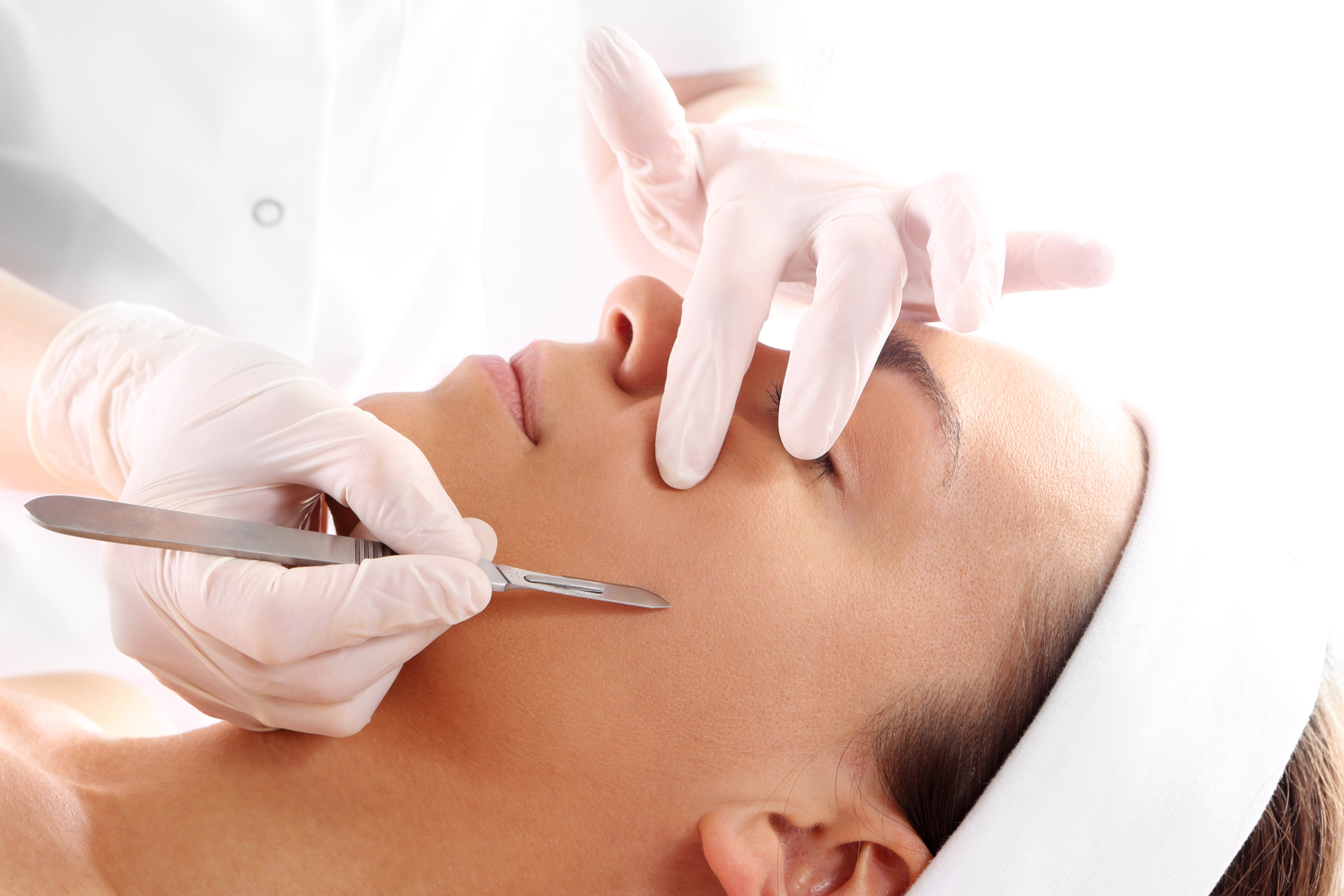
In need of a topical refresh? If facials and at-home exfoliators aren’t quite doing the job for you, then it could be time to jump on the dermaplaning wagon. Here’s everything you need to know about this whizzy exfoliation procedure.
What Is Dermaplaning?
‘Dermaplaning is a manual exfoliation technique that is used to scrape the top layers of skin (stratum corneum) to brighten the skin and allow products to penetrate deeper,’ says London-based aesthetic doctor, Dr David Jack. ‘It also has the additional benefit of removing fine vellus hairs (or ‘peach fuzz’). Dermaplaning is best done using a surgical scalpel blade in clinic and is often combined with an exfoliating peel. We’ve been doing this technique in my clinic as part of my Egyptian Facial for over eight years.’
How Is Dermaplaning Different To Shaving?
As Dr Jack mentioned, dermaplaning can help remove any lingering peach fuzz around the face – but he emphasises that the procedure should not be equated with shaving. ‘Dermaplaning and shaving may seem similar at first glance, but they serve different purposes and are performed with distinct tools and techniques,’ he explains.
‘Dermaplaning is a skincare procedure primarily conducted in a clinical or spa setting by a trained aesthetician or dermatologist,’ the doctor tells us. ‘It involves using a sterile, surgical scalpel to exfoliate the top layer of the skin, which removes dead skin cells and fine vellus hair, often referred to as “peach fuzz.” This process promotes smoother, brighter skin and can enhance the penetration of skincare products.
‘Shaving, on the other hand, is a daily grooming ritual performed by many individuals, typically using razors designed for shaving facial or body hair,’ he adds. ‘Shaving aims to remove coarse, terminal hair that grows on the face and body. The primary purpose is grooming and hair removal, rather than exfoliation.’
Dr Jack summarises the differences here: ‘Dermaplaning is a specialised exfoliation technique performed by skincare professionals to enhance skin texture, while shaving is a routine hair removal method. The tools and objectives for each are distinct, but both can leave your skin feeling smoother and looking more radiant.’
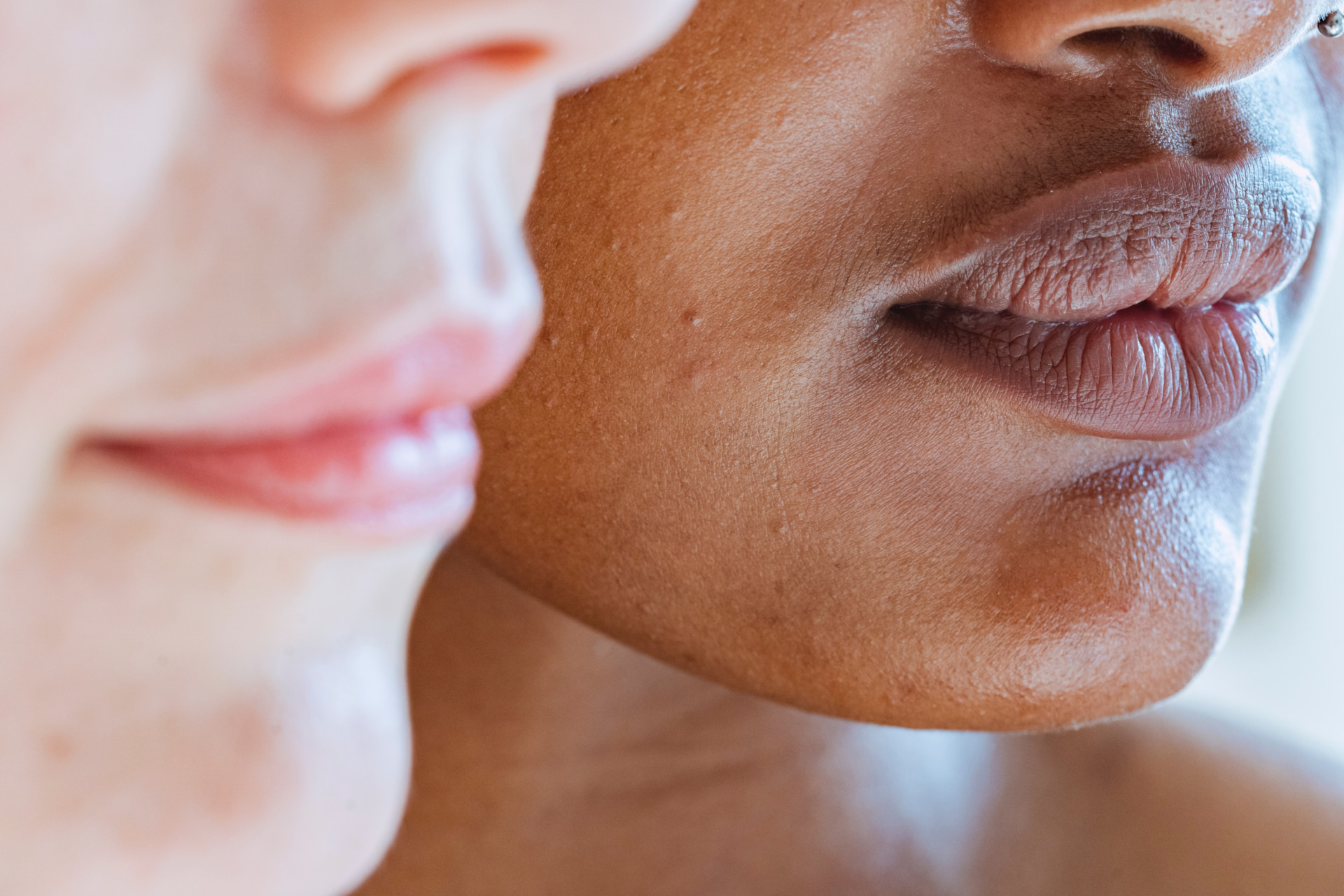
(c) Angela Roma, Pexels
What Are The Benefits Of Dermaplaning?
Aside from the aforementioned exfoliation and hair removal, dermaplaning comes with a whole host of skincare benefits. ‘As we said, it exfoliates the skin effectively, resulting in a smoother texture and improved radiance,’ says Dr Jack. ‘By removing the top layer of dead skin cells, it can also help with better product absorption, making your skincare products more effective. Additionally, dermaplaning can reduce the appearance of fine lines and can help makeup go on more evenly, offering a flawless finish. The removal of peach fuzz can also make your skin feel incredibly soft and provide a fresh, youthful glow.’
Is Dermaplaning Safe For All Skin Types?
‘Dermaplaning is generally safe for most skin types, including sensitive skin,’ Dr Jack assures us. ‘It’s always advisable to consult with a skincare professional to determine if dermaplaning is the right choice for your specific skin concerns and conditions. In the hands of a skilled practitioner, dermaplaning can be a safe and effective procedure for many individuals, leaving their skin looking and feeling rejuvenated.’
However, Dr Jack warns us that those certain skin conditions might want to steer clear of dermaplaning, in case the procedure leads to a flare up. ‘Anyone with a skin infection or breaks in the skin would not be suited to dermaplaning. It may also not be suitable for those with active acne or inflammatory skin conditions, as the procedure can exacerbate these issues,’ he explains. ‘Individuals with thicker, darker facial hair may also not benefit as much from dermaplaning, as the exfoliation of vellus hair is a key aspect of the treatment.’
What Happens During A Dermaplaning Appointment?
When it comes to the procedure itself, Dr Jack emphasises that it’s very straightforward: ‘The dermaplaning process is a non-invasive exfoliation procedure performed by trained skincare professionals. During a dermaplaning appointment, your practitioner will gently cleanse your skin and then use a sterile surgical scalpel at a precise angle to lightly scrape the surface of your skin. This manual exfoliation removes the top layer of dead skin cells and fine vellus hair, leaving your skin smoother and more radiant. The procedure typically takes about 30 minutes and is painless, often accompanied by a soothing, refreshing sensation.’
Is There Any Aftercare To Consider?
Aftercare is fairly minimal following dermaplaning, Dr Jack tells us, but he says there are a few guidelines you can follow to ensure the best results. ‘Keep the skin clean – it’s better to avoid wearing make up for 24 hours after dermaplaning – and use a little more serum than normal, as they will penetrate better into the skin than normal. Vitamin C or hyaluronic acid serums in particular are great to use following the procedure,’ he explains.
And what about side effects? ‘Side effects are very rare and are generally limited to a little redness directly after the procedure and very mild dryness,’ says the doctor. ‘If it is done in combination with a peel then the dryness can be more significant, depending on the acid used.’
Should We Be Dermaplaning At Home?
While you can try dermaplaning at home by yourself, you usually won’t get the same results you’d receive from a trained professional – and you’d have to get comfortable wielding a blade close to your face. ‘The problem with at-home devices is that they often are not particularly sharp, as surgical blades really need to be used for the best results,’ explains Dr Jack. ‘In clinic, treatments will always be done using laser cut scalpel blades, whereas at-home treatments tend to use machine-cut blades which are less sharp but safer to be sold to the public.’
So expect less precise results and a clunky bit of kit taking up space in your bathroom.
Featured image: Getty Images









